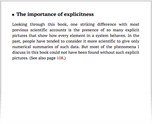Notes
Chapter 2: The Crucial Experiment
Section 1: How Do Simple Programs Behave? https://www.wolframscience.com/nks/chap-2--the-crucial-experiment--notes#sect-2-1--how-do-simple-programs-behave
https://www.wolframscience.com/nks/chap-2--the-crucial-experiment--notes#sect-2-1--how-do-simple-programs-behave
Implementing cellular automata
Bitwise optimizations [of cellular automata]
More general [cellular automaton] rules
Built-in cellular automaton function
Special-purpose hardware [for cellular automata]
Audio representation [of cellular automata]
Cellular automaton rules as formulas
Mathematical interpretation of cellular automata
Another initial condition [for rule 90]
More colors [in additive cellular automata]
History [of Pascal's triangle mod k]
[Patterns from] other integer functions

![Bitwise optimizations [of cellular automata] Bitwise optimizations [of cellular automata]](/nks/img/thumbnails/notes-2-1--bitwise-optimizations-of-cellular-automata--textonly.png)
![More general [cellular automaton] rules More general [cellular automaton] rules](/nks/img/thumbnails/notes-2-1--more-general-cellular-automaton-rules--textonly.png)
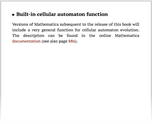
![Special-purpose hardware [for cellular automata] Special-purpose hardware [for cellular automata]](/nks/img/thumbnails/notes-2-1--special-purpose-hardware-for-cellular-automata--textonly.png)
![Audio representation [of cellular automata] Audio representation [of cellular automata]](/nks/img/thumbnails/notes-2-1--audio-representation-of-cellular-automata--textonly.png)
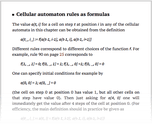


![Self-similarity [of rule 90] Self-similarity [of rule 90]](/nks/img/thumbnails/notes-2-1--self-similarity-of-rule-90--textonly.png)
![Another initial condition [for rule 90] Another initial condition [for rule 90]](/nks/img/thumbnails/notes-2-1--another-initial-condition-for-rule-90--textonly.png)
![More colors [in additive cellular automata] More colors [in additive cellular automata]](/nks/img/thumbnails/notes-2-1--more-colors-in-additive-cellular-automata--textonly.png)
![History [of Pascal's triangle mod k] History [of Pascal's triangle mod k]](/nks/img/thumbnails/notes-2-1--history-of-pascals-triangle-mod-k--textonly.png)
![[Patterns from] other integer functions [Patterns from] other integer functions](/nks/img/thumbnails/notes-2-1--patterns-from-other-integer-functions--textonly.png)
![[Patterns from] bitwise functions [Patterns from] bitwise functions](/nks/img/thumbnails/notes-2-1--patterns-from-bitwise-functions--textonly.png)

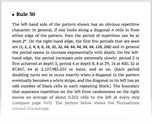
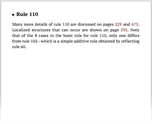

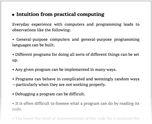
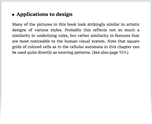

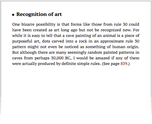
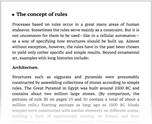
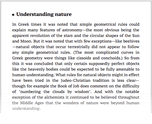


![Close approaches [to core discoveries] Close approaches [to core discoveries]](/nks/img/thumbnails/notes-2-3--close-approaches-to-core-discoveries--textonly.png)
